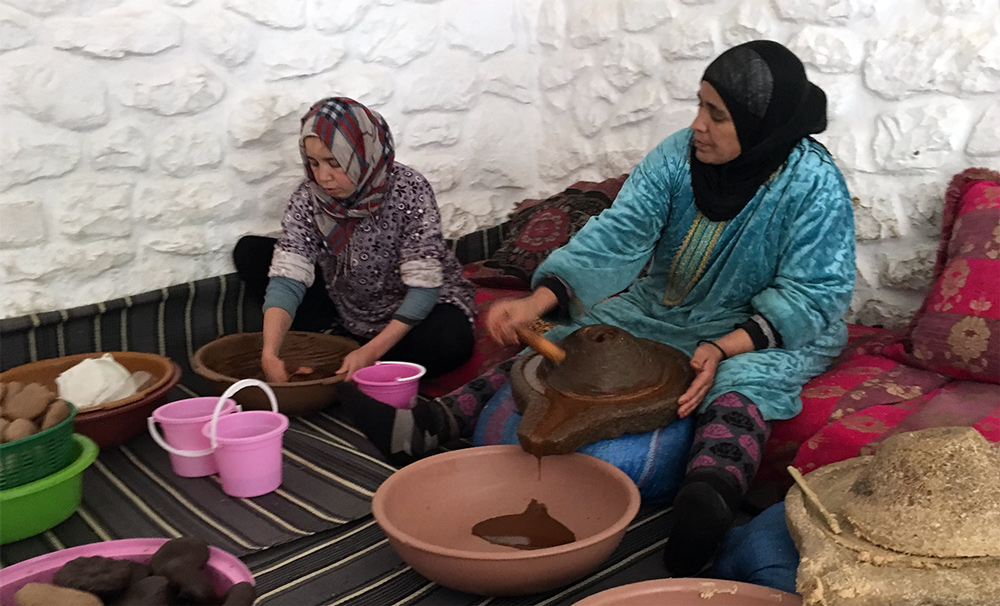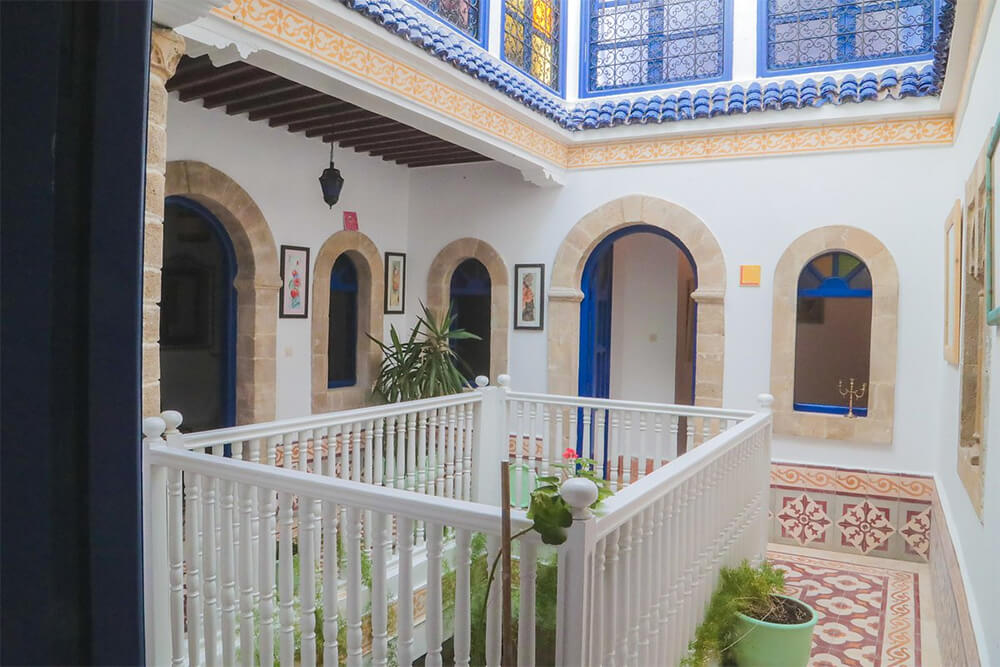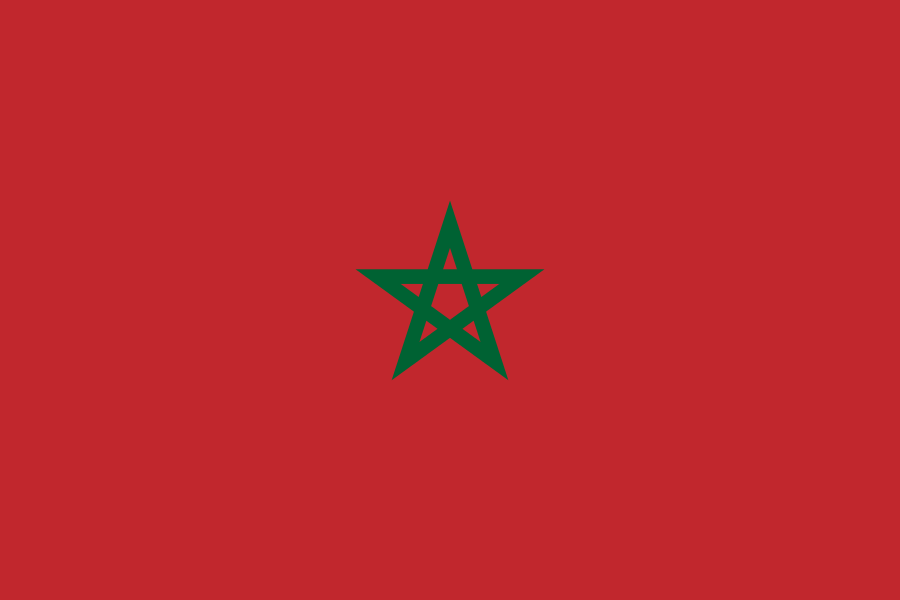This article unveils 15 fascinating facts about Morocco’s hidden treasures. It offers deep insight into the country’s rich culture, vibrant history, and breathtaking natural beauty.
From ancient universities to futuristic solar power plants, from surreal desert oases to snow-capped peaks—Morocco is a land of contrasts and wonders. While often associated with exotic bazaars and endless desert landscapes, it holds many surprises that can captivate even the most experienced travelers.
Contents
- 1 Moulay Idris – a holy city with a view
- 2 Saffron – Morocco’s red gold
- 3 The tallest mosque in Africa
- 4 The highest mountain in North Africa
- 5 Morocco’s UNESCO world heritage sites
- 6 The unique architecture of riads
- 7 Linguistic diversity
- 8 The world’s oldest university
- 9 Chefchaouen – the blue city
- 10 Noor Solar Power Plant – the largest in the world
- 11 Snow and ski resorts in Morocco
- 12 The symbolism of Morocco’s flag
- 13 Early recognition of the United States
- 14 The blooming Sahara
- 15 Argan oil – Morocco’s liquid gold
Moulay Idris – a holy city with a view
Named after the founder of Morocco’s first dynasty, the small town of Moulay Idris in the Meknès region is an important pilgrimage site for Muslims. Until the early 20th century, it was entirely off-limits for non-Muslims. Today, visitors can explore the city, but the tomb of Idris I remains accessible only to Muslims. A scenic viewpoint offers a breathtaking panorama of the surrounding landscape.
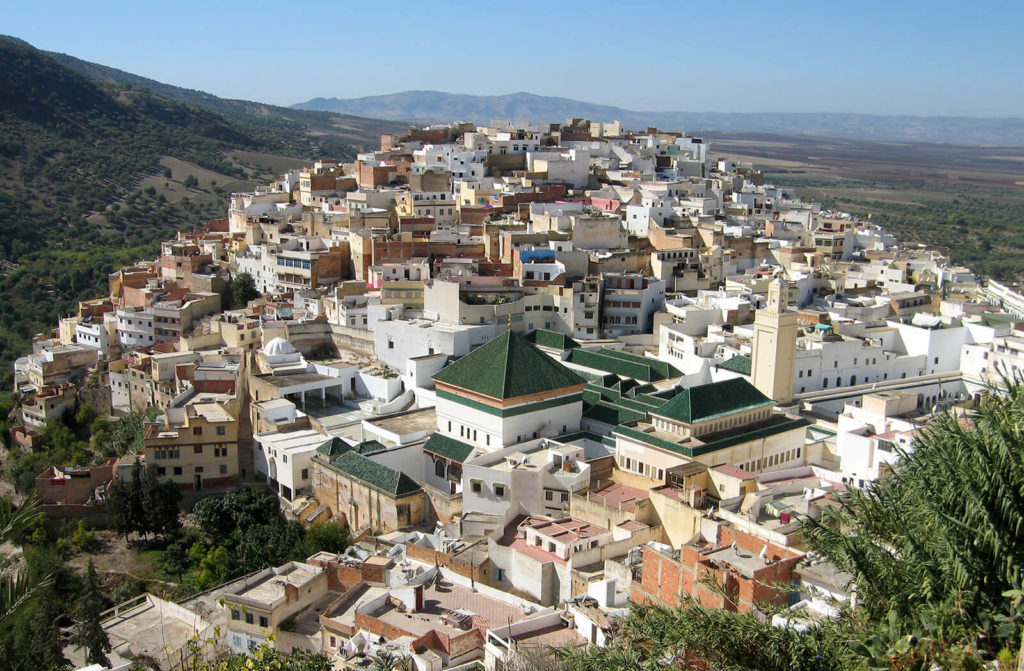
Saffron – Morocco’s red gold
Morocco is a key producer of saffron, the world’s most expensive spice. In souks and local markets, this “red gold” is available at significantly lower prices than in Europe. The region of Taliouine, with its ideal climate, is the heart of Morocco’s saffron cultivation. The saffron industry plays a vital role in the country’s economy.
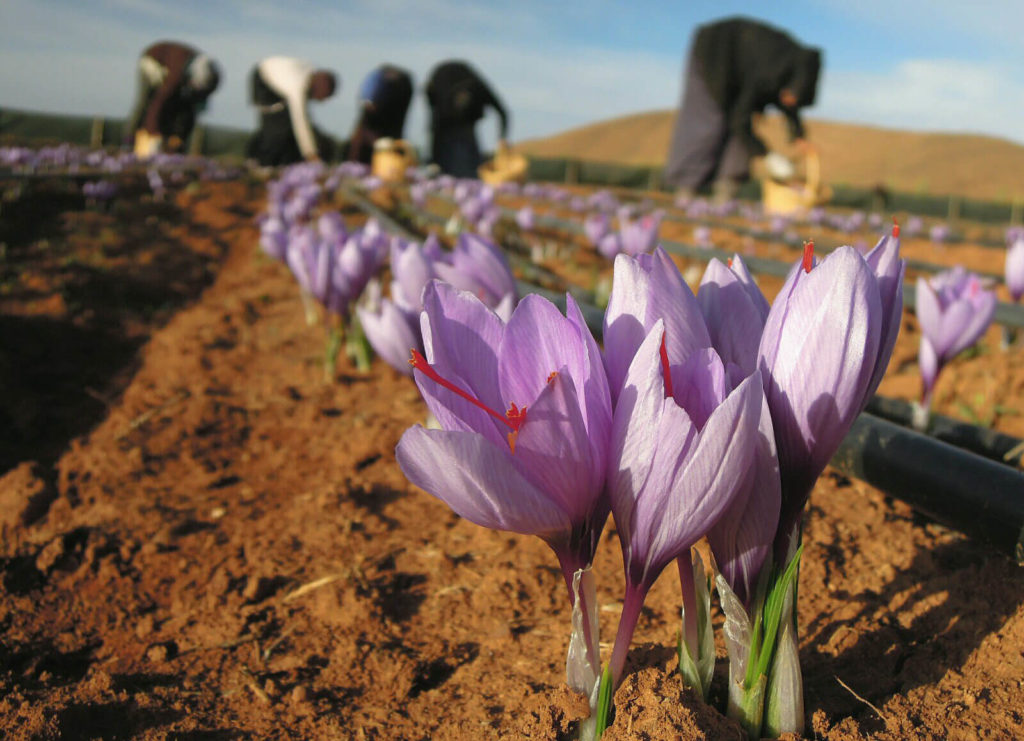
The tallest mosque in Africa
The Hassan II Mosque in Casablanca is both an architectural masterpiece and a technological marvel. Its prayer hall accommodates up to 25,000 worshippers. With a 210-meter-high minaret, it is the tallest mosque in Africa and boasts the world’s second-highest minaret. The complex also includes a Quranic school, a hammam, a library, and a museum. It is the only mosque in Morocco that non-Muslims can visit.
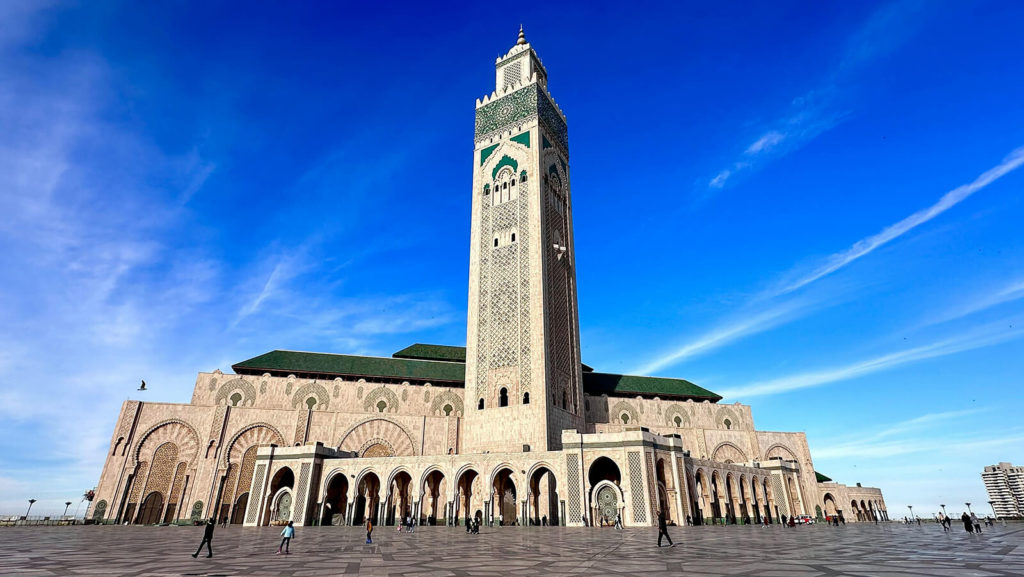
The highest mountain in North Africa
Located in the Toubkal National Park, about 63 kilometers south of Marrakech, Djebel Toubkal stands at an impressive 4,167 meters. As the highest peak in North Africa, it is a popular destination for climbers and hikers. The area around the mountain, with its traditional Berber villages and its green valleys, offers a completely different side of Morocco—far away from the well-known tourist spots like Marrakech or Agadir.
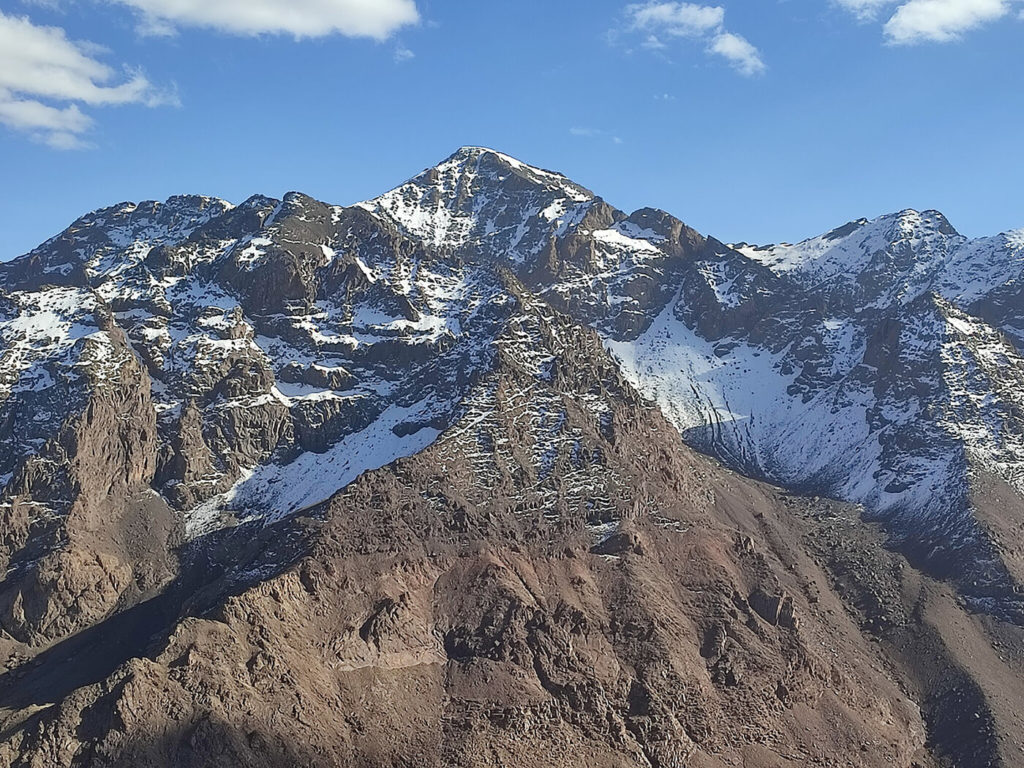
Morocco’s UNESCO world heritage sites
Morocco’s rich heritage includes not only architectural wonders but also traditions recognized by UNESCO. The cultural heritage list includes the cultivation of argan trees, Malhun poetry, and Gnawa music, which has African roots. Celebrations such as the Moussem Festival of Tan-Tan, the Cherry Festival of Sefrou, and the Tbourida horse-riding games also hold UNESCO recognition. Among Morocco’s nine UNESCO world heritage sites are the Medina of Fez, the old city of Marrakech, Aït-Ben-Haddou, and the Portuguese fortress of Mazagan in El Jadida.
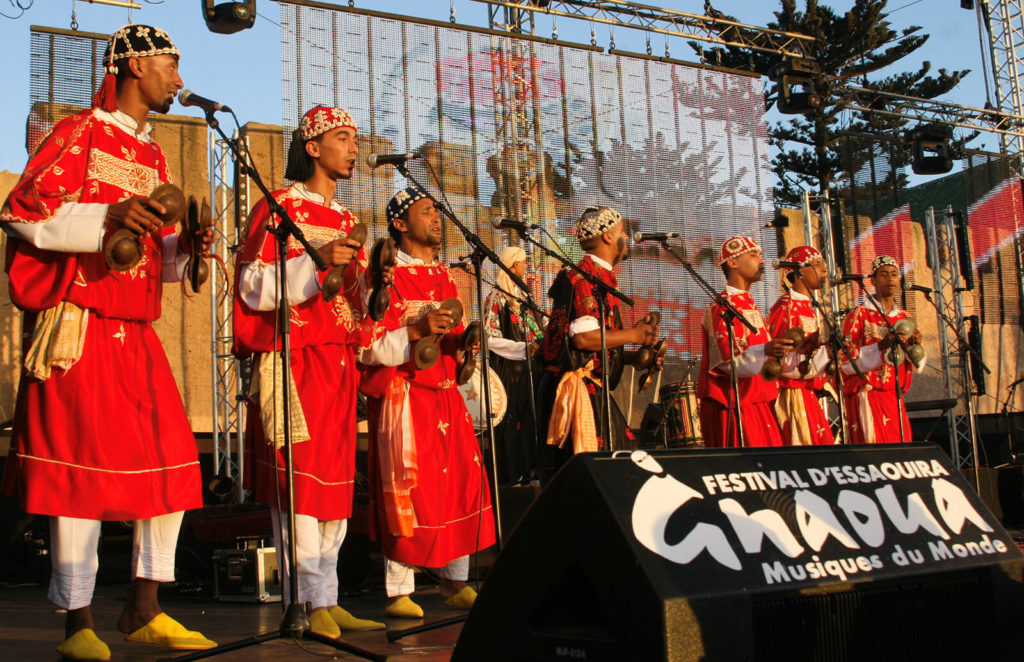
The unique architecture of riads
A “riad” is a traditional Moroccan courtyard house, essentially a small palace with a characteristic inner garden (Arabic: riyāḍ). This architectural style reflects Islamic traditions of privacy while providing a cool retreat in hot climates. Many of these historic buildings have been carefully restored and transformed into boutique hotels, offering guests an authentic experience of Moroccan culture.
Linguistic diversity
Morocco is a country of linguistic richness. In addition to Arabic and the Moroccan dialect Darija, several Berber languages are widely spoken. Due to its colonial history, French is widely spoken, while Spanish is spoken mainly in the north. English is also gaining importance, especially among the younger, educated population. This linguistic diversity highlights Morocco’s role as a melting pot of cultures and influences.
The world’s oldest university
Founded in 859, the University of al-Qarawīyīn in Fez is recognized as the world’s oldest continuously operating university. Established by Fatima al-Fihri, a Muslim woman, it has played a significant role in preserving ancient knowledge and fostering intellectual exchange between the Islamic world and Europe during the Middle Ages. Today, it remains a symbol of Morocco’s rich educational history.
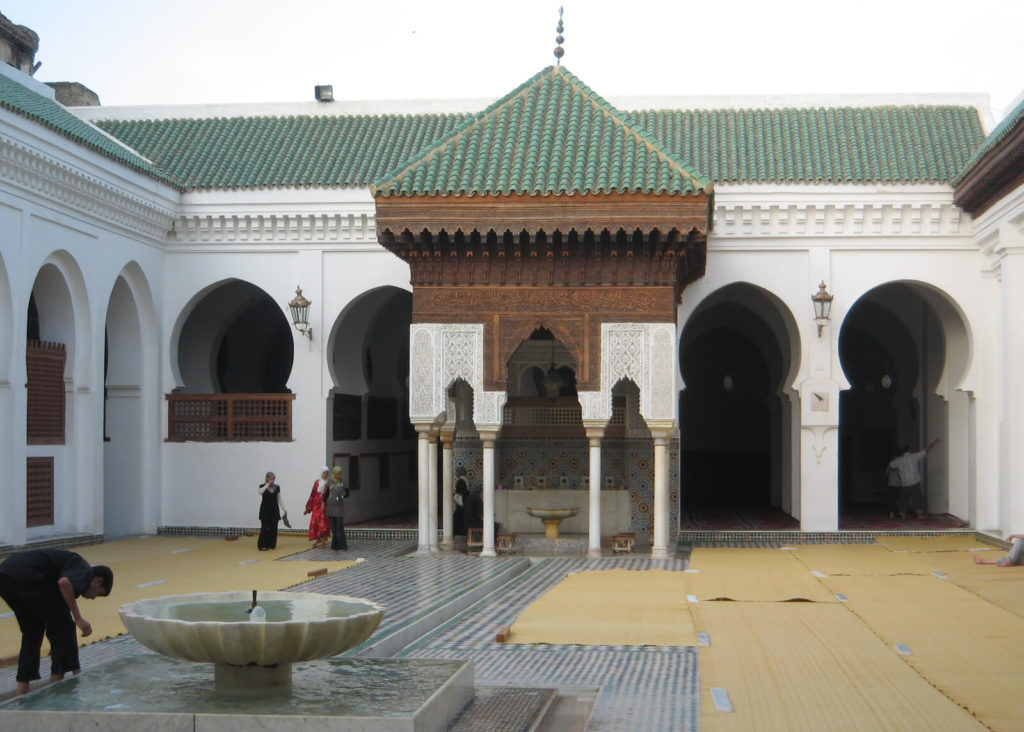
Chefchaouen – the blue city
Nestled in the Rif Mountains, Chefchaouen is world-famous for its blue-painted houses. This tradition dates back to Jewish refugees who settled there in the 15th century. Inspired by religious symbolism and a vision of the sky, they painted the buildings in various shades of blue. Today, Chefchaouen attracts visitors with its picturesque streets and serene atmosphere.
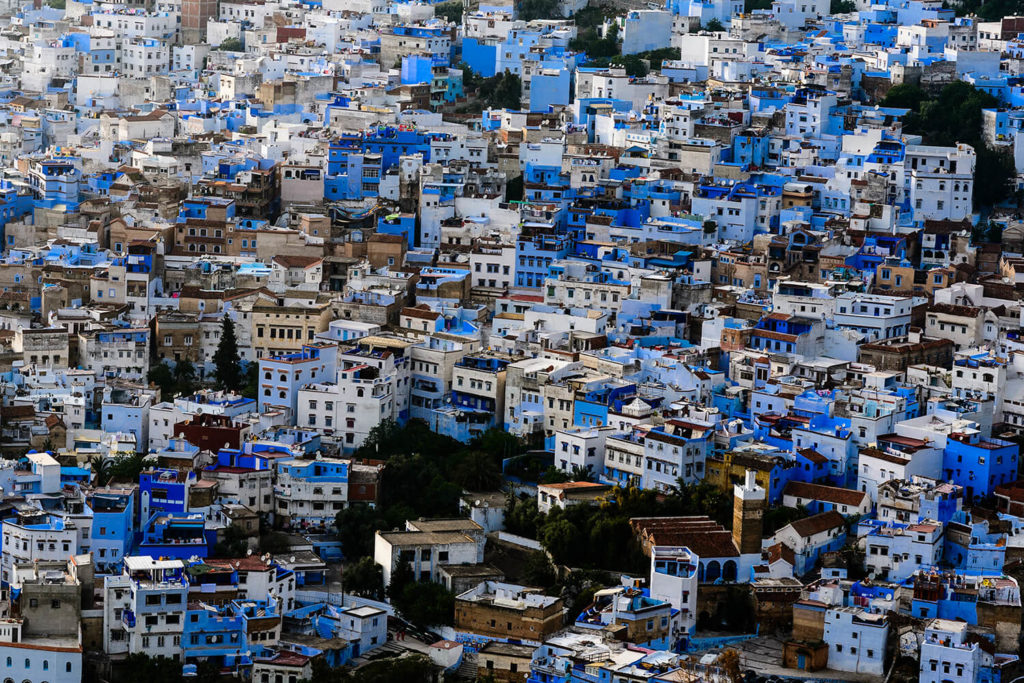
Noor Solar Power Plant – the largest in the world
Located near Ouarzazate, the Noor Solar Power Plant takes advantage of Morocco’s generous sunlight to generate clean energy. As one of the largest solar projects in the world, it provides sustainable electricity to millions of people. The facility plays a key role in Morocco’s ambitious plan to generate more than 50% of its energy from renewable sources by 2030, positioning the country as a leader in green technology in Africa.
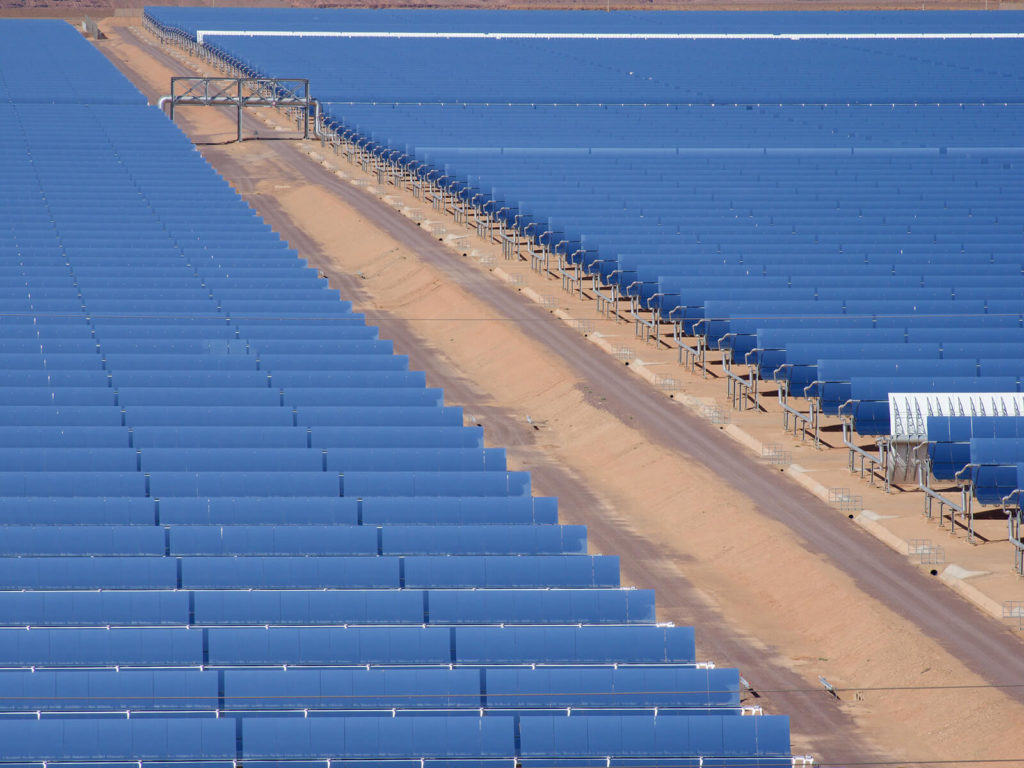
Snow and ski resorts in Morocco
Contrary to the common perception of Morocco as a desert country, the Atlas Mountains boast snow-capped peaks and even ski resorts. Oukaïmeden, located at over 2,600 meters, is the highest ski resort in Africa. Here, visitors can enjoy skiing in the morning and explore the bustling souks of Marrakech in the afternoon.
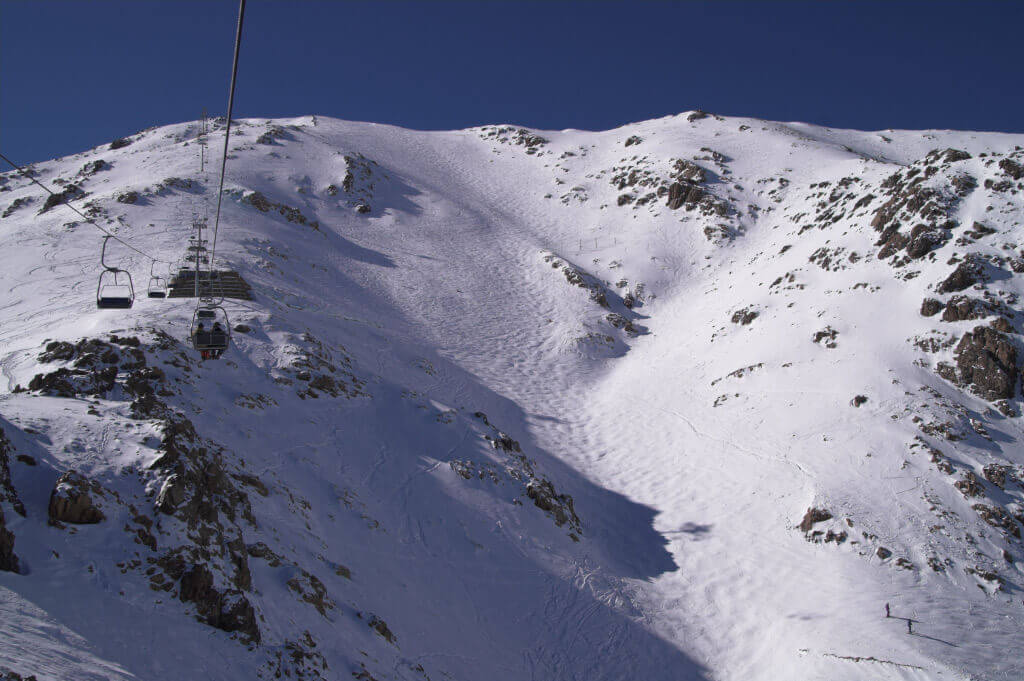
The symbolism of Morocco’s flag
Morocco’s flag, with its red background and green five-pointed star, is rich in symbolism. Red represents bravery and strength, while the green star represents wisdom, peace, and the five pillars of Islam. The design originated during the French protectorate and today embodies Moroccan national pride and independence.
Early recognition of the United States
Morocco was one of the first countries to recognize the independence of the United States in 1777. The Moroccan-American Friendship Treaty of 1786 remains one of the oldest unbroken international treaties in existence today.
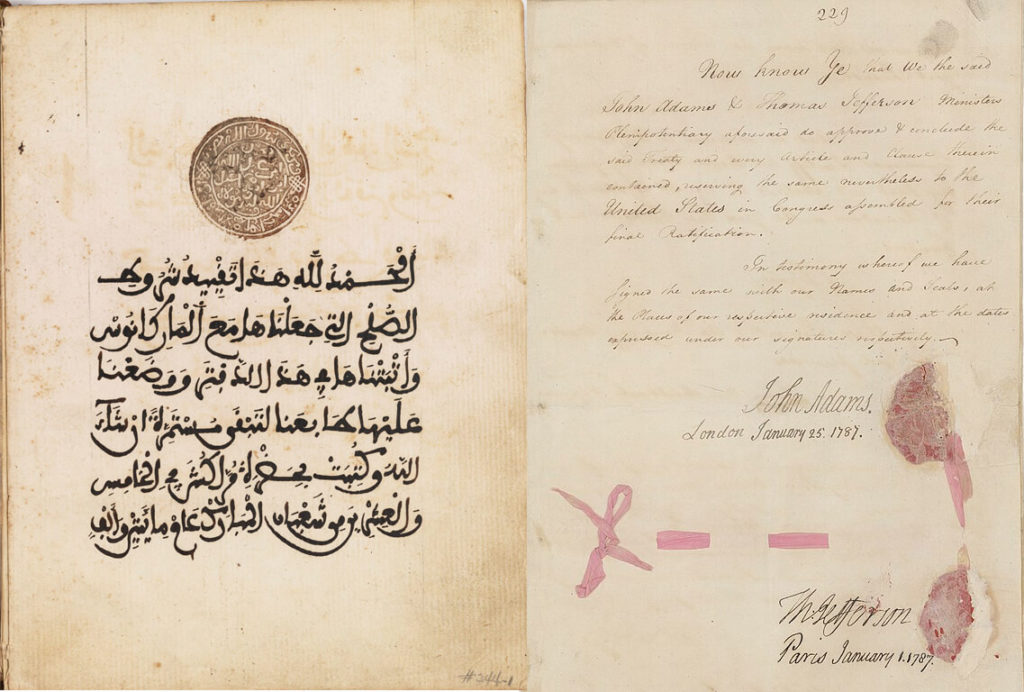
The blooming Sahara
A rare natural phenomenon occurs in the Moroccan Sahara: after heavy winter rains, parts of the desert transform into a vibrant landscape of wildflowers. Known as the “desert bloom”, this temporary event attracts nature lovers and photographers from around the world, showcasing the resilience of desert flora.
Argan oil – Morocco’s liquid gold
The argan tree grows exclusively in southwestern Morocco and produces the highly sought-after argan oil. Known for its culinary and cosmetic benefits, it is often called “liquid gold”. A unique aspect of argan farming is the “climbing goats”, which skillfully climb the trees in search of argan nuts—a remarkable sight to behold.
